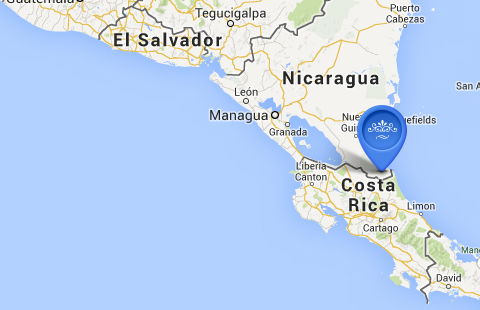

Nicaragua is friendly and diverse beyond most travelers' expectations. From its 28 volcanoes to its towering mountain ranges to the diverse tropical forests that blanket many regions of this country, Nicaragua has something for everyone. We'll take you sportfishing, birding, hiking, and much more.
Costa Rica is famous for its biological diversity and for its varied geography with two coasts that provide a significant amount of tourism. Costa Rica has the best developed conservation program in Latin America; one fourth of the country is protected by the government and 12% of the total area lies within 25 National Parks that exist in Costa Rica. Come join us on your next sportfishing, birding, hiking tours.
The San Juan River is a timeless passageway through dense tropical rain forest from Central America's grandest lake to the Caribbean Sea. This historic river was the stage for great colonial period battles between the Spanish Crown and British and French pirates and later became the route of Cornelius Vanderbilt's inter-oceanic steam ship service during the California gold rush. The Rio San Juan, described by Mark Twain as “an earthly paradise, is one of the most enjoyable and rewarding rain forest experiences available anywhere.
The Biological Reserve Indio-Maiz, or Indian Corn, was established on June 18, 1999 by executive decree #66-99. It is an area of 2,639.8 sq kilometers and is composed of costal area, wet lands, swamps, primary forest and highlands. It is estimated that 70% to 80% of all species that live in Nicaragua are in the east coast of the country; out of this, 20% are in different degrees of threat.
San Juan del Norte (Greytown) was founded by the Spanish and was a small fort and customs station. Spanish explorers first reached the bay at the mouth of the San Juan River on 24 June (feast day of Saint John the Baptist) 1539 and named it San Juan del Norte (St. John of the North).
